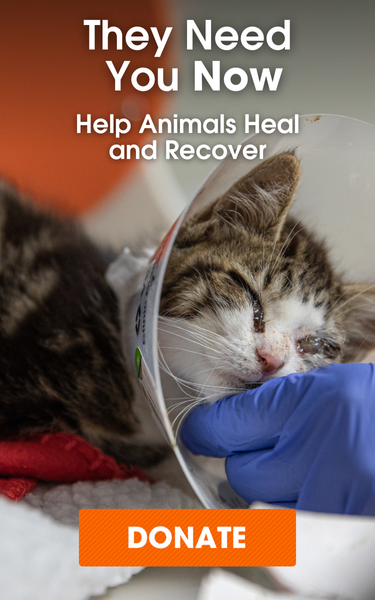
Fact Vs. Myth: Pets and Rodenticide

As the weather starts to chill and people transition to spending more time inside, rodents and vermin often go looking for a warm place to stay as well. This may lead many people to reach for rodenticide agents to control unwanted pests, but unfortunately, rodenticide is a major health hazard to our pets as well. Below are a few common rodenticide misconceptions that our experts at the ASPCA Animal Poison Control Center (APCC) frequently hear concerning this pet toxin:
MYTH: My dog is bigger than a mouse or rat, the poison won’t hurt them.
FACT: While rodenticides are somewhat dose dependent (it takes a certain amount ingested based on body weight to cause systemic toxicity) it takes only VERY small amounts of some baits to cause potentially life-threatening consequences to dogs and cats. Any exposure to rodenticide should be treated seriously and assessed by an APCC expert or a veterinarian.
MYTH: The bait is in a child/pet proof container, so there is no risk.
FACT: Baits are often flavored to entice vermin to eat them, which unfortunately can be just as enticing to your dog or cat. Dogs will chew open bait stations to gain access to the bait inside. Many vermin will also drag pieces of bait away from the designated bait stations to eat them in a more comfortable location or to bring them back to their den. This means that baits are often accessible in different locations, not just where they were originally intended.
MYTH: All brands of bait are the same and baits can be identified via color, shape and brand.
FACT: There are MANY different brands of bait that make different formulations (pellets, blocks, soft baits, powders) with a variety of ingredients. Baits can look very similar and be the same color and formulation but have a different active ingredient. Baits can also fade in color over time and crumble so they don’t look the same as when they were purchased. Physically having the bait packaging in hand or a receipt, invoice or product information sheet from a Pest Control Company is the most reliable way to identify baits.
MYTH: All rodenticides work in the same way so they are all treated the same.
FACT: Different rodenticides are designed to be effective in different ways based on active ingredients. Some baits cause internal bleeding while others cause dehydration, kidney failure or neurologic signs. Having the packaging and/or receipt is very helpful in properly treating a pet that has had a rodenticide exposure. If the bait ID is unknown, the APCC can still help your veterinarian with a treatment plan following an exposure.
When it comes to using rodenticides, we recommend using caution and keeping all poisons or baits well out of paws' reach in a secured cabinet. If possible, keep your pet out of the treated area and keep a close eye on your pet while the toxins are present.
If you suspect your pet may have ingested any form of rodenticide, please contact your veterinarian or the ASPCA Animal Poison Control Center at (888) 426-4435 immediately.
